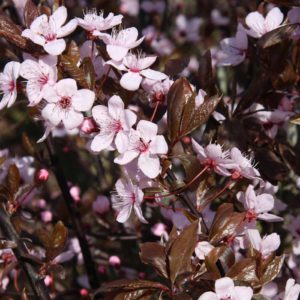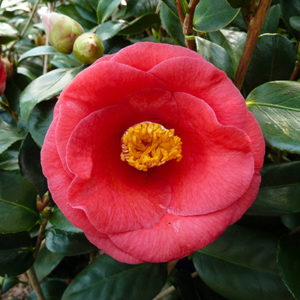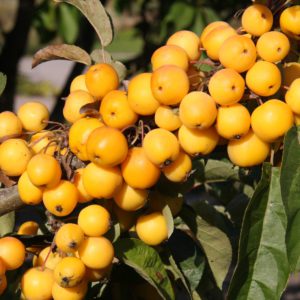Rhododendron ‘Anna Rose Whitney’
€22.00
Frequently Bought Together


Description
Quick Facts:
Common Name: Rhododendron ‘Anna Rose Whitney’
Botanical Name: Rhododendron ‘Anna Rose Whitney’
Position: Partial shade or dappled light; will tolerate some morning sun if soil is kept reliably moist
Soil: Moist but well-drained, acidic (ericaceous) soil with plenty of organic matter; avoid chalky or very alkaline ground
Flowering Time: Late spring to early summer
Foliage: Evergreen
Hardiness: Fully hardy in the Irish climate once established
Eventual Height & Spread: Approximately 1.5–2.5m high and 1.5–2.5m wide over time
Growth Rate: Moderate; forms a substantial, rounded shrub
Common Name: Rhododendron ‘Anna Rose Whitney’
Botanical Name: Rhododendron ‘Anna Rose Whitney’
Position: Partial shade or dappled light; will tolerate some morning sun if soil is kept reliably moist
Soil: Moist but well-drained, acidic (ericaceous) soil with plenty of organic matter; avoid chalky or very alkaline ground
Flowering Time: Late spring to early summer
Foliage: Evergreen
Hardiness: Fully hardy in the Irish climate once established
Eventual Height & Spread: Approximately 1.5–2.5m high and 1.5–2.5m wide over time
Growth Rate: Moderate; forms a substantial, rounded shrub
Why We Love It
We love ‘Anna Rose Whitney’ for her generous, romantic flowers and strong presence in the garden. The rose-pink blooms are large and showy without feeling garish, and they sit beautifully against the dark, glossy leaves. It’s one of those rhododendrons that can anchor a whole planting scheme – especially in larger borders or woodland-style gardens.
Because it’s evergreen, it gives you that solid backbone through autumn and winter, making it a brilliant partner for spring bulbs, ferns, hostas and shade-loving perennials.
Where to Use It
- As a statement shrub in a semi-shaded mixed border
- In a woodland-style garden under light tree cover
- As part of a romantic, cottage-style scheme with roses, foxgloves and hydrangeas
- In larger gardens where you want a substantial evergreen presence with a big spring show
- To frame a path, terrace or seating area, where the flowers can be enjoyed up close
Planting & Care
- Soil Preparation: Rhododendrons need acidic conditions. Work in generous amounts of ericaceous compost, leaf mould or pine needle mulch before planting. If your soil is neutral to alkaline, consider a raised bed or large container with ericaceous compost.
- Planting Depth: Plant at the same depth as in the nursery pot – rhododendrons dislike being planted too deeply.
- Watering: Keep the soil consistently moist, especially for the first couple of years and during dry spells. Use collected rainwater where possible in hard water areas.
- Feeding: Use an ericaceous fertiliser in early spring and again after flowering to support healthy growth and bud formation for the following year.
- Mulching: Mulch annually with leaf mould, bark or pine needles to help maintain soil acidity and conserve moisture.
- Pruning: Minimal pruning required. Deadhead spent flower trusses carefully after blooming and remove any dead, damaged or crossing branches in late winter if needed.
Good to Know
Rhododendron ‘Anna Rose Whitney’ can become a good-sized shrub over time, so give it a little room to shine. Once established in the right soil, it’s largely low-maintenance and rewarding. If leaves begin to yellow or flowering is poor, it’s often a sign that the soil is too alkaline or that an ericaceous feed is needed.
Caragh Garden Notebook – Jo’s Tips
- Pair ‘Anna Rose Whitney’ with white or soft lilac rhododendrons and azaleas for a layered, romantic look that feels full but not fussy.
- Underplant with bluebells, hostas and ferns to create that lush, woodland feel beneath the evergreen canopy.
- Give it a backdrop of dark yew or beech for a really sophisticated, “estate garden” look – the pink flowers pop beautifully against deep green.
- In larger gardens, plant in groups of three for a sweeping, dramatic display in late spring.





